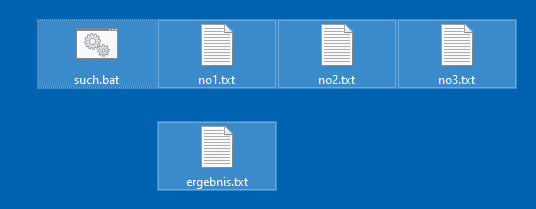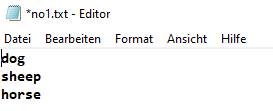Steve-vfp9user
Programmer
Hello all
I have the full and up to date set of UK addresses and postcodes obtained from the Government website. These were downloaded in CSV format and I have managed to separate them into smaller CSV files and stripped the columns that were not required.
I’m now left with nine columns which I have replicated in a DBF. The field names are called:
I am aware that a DBF has a size limit of 2GB or 1 billion records.
I put together and ran a piece of code in an effort to append from those CSV files but as I am sure you have guessed by now, the DBF quickly fills up and creates the error message, “postcodes.dbf is too large”.
The purpose of this project is for someone to be able to enter a postcode, search for it and the address will be auto filled elsewhere.
I only need to know the following:
Is there a separate file, file type or other method I can use to access nearly 29 million addresses?
Any pointers or suggestions would be much appreciated.
Thank you
Steve Williams
VFP9, SP2, Windows 10
I have the full and up to date set of UK addresses and postcodes obtained from the Government website. These were downloaded in CSV format and I have managed to separate them into smaller CSV files and stripped the columns that were not required.
I’m now left with nine columns which I have replicated in a DBF. The field names are called:
Code:
datetimeup (c,16)
postcode (c,12)
numbname (c,30)
flatnumb (c,30)
add01 (c,50)
add02 (c,50)
add03 (c,50)
add04 (c,50)
add05 (c,50)I am aware that a DBF has a size limit of 2GB or 1 billion records.
I put together and ran a piece of code in an effort to append from those CSV files but as I am sure you have guessed by now, the DBF quickly fills up and creates the error message, “postcodes.dbf is too large”.
Code:
USE postcodes EXCLUSIVE
ZAP
a=0
DO WHILE .T.
APPEND FROM "pp-complete_"+LTRIM(STR(a))+".csv" ;
DELIMITED WITH , WITH CHARACTER ,
a=a+1
IF a=29
EXIT
ENDIF
ENDDOThe purpose of this project is for someone to be able to enter a postcode, search for it and the address will be auto filled elsewhere.
I only need to know the following:
Is there a separate file, file type or other method I can use to access nearly 29 million addresses?
Any pointers or suggestions would be much appreciated.
Thank you
Steve Williams
VFP9, SP2, Windows 10




